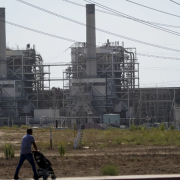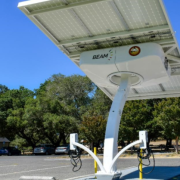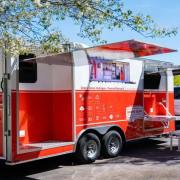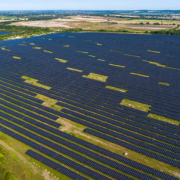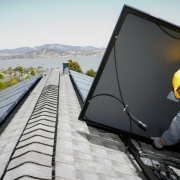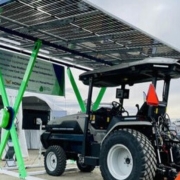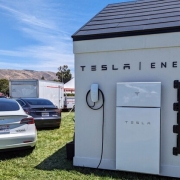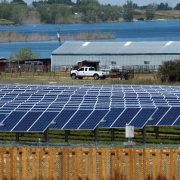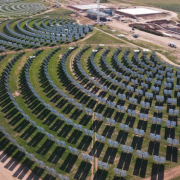Major corporations from oil and gas companies to retail giants would have to disclose their direct greenhouse gas emissions as well as those that come from activities like employee business travel under legislation passed Monday by California lawmakers, the most sweeping mandate of its kind in the nation.
The legislation would require thousands of public and private businesses that operate in California and make more than $1 billion annually to report their direct and indirect emissions. The goal is to increase transparency and nudge companies to evaluate how they can cut their emissions.
Click here to read the full article
Source: FORTUNE
—
If you have any questions or thoughts about the topic, feel free to contact us here or leave a comment below.

